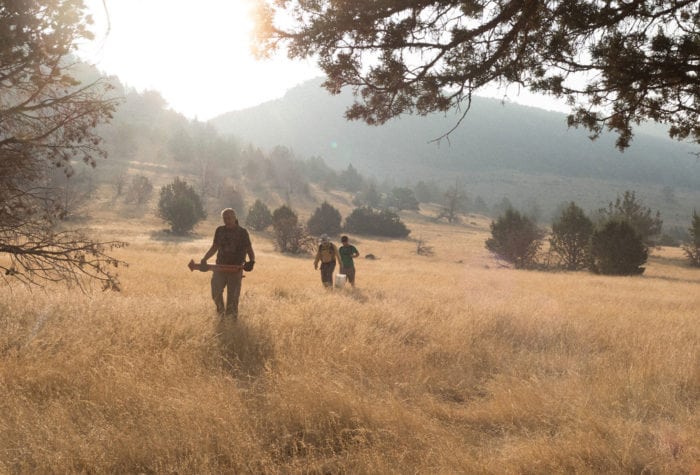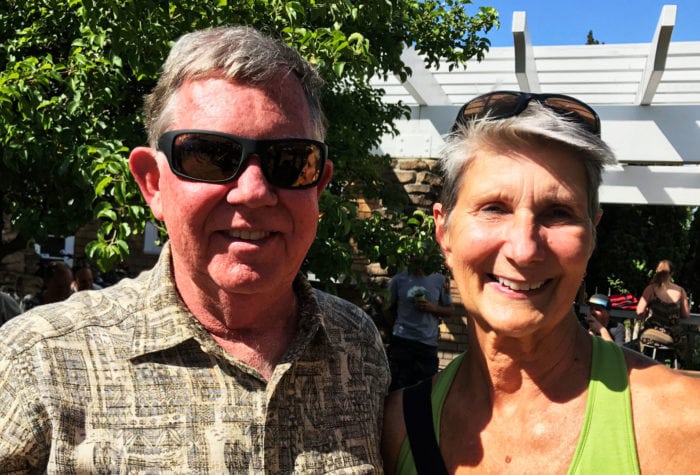How would you manage a few million acres of public lands in Oregon’s desert?
You will have a critical opportunity to answer that question when the Bureau of Land Management seeks input from the public on the Lakeview Resource Management Plan Amendment. This process will lay the foundation for how 3.2 million acres in the Greater Hart-Sheldon — including beloved places such as Beatys Butte, Abert Rim, and the High Lakes plateau — will be managed for years to come.

